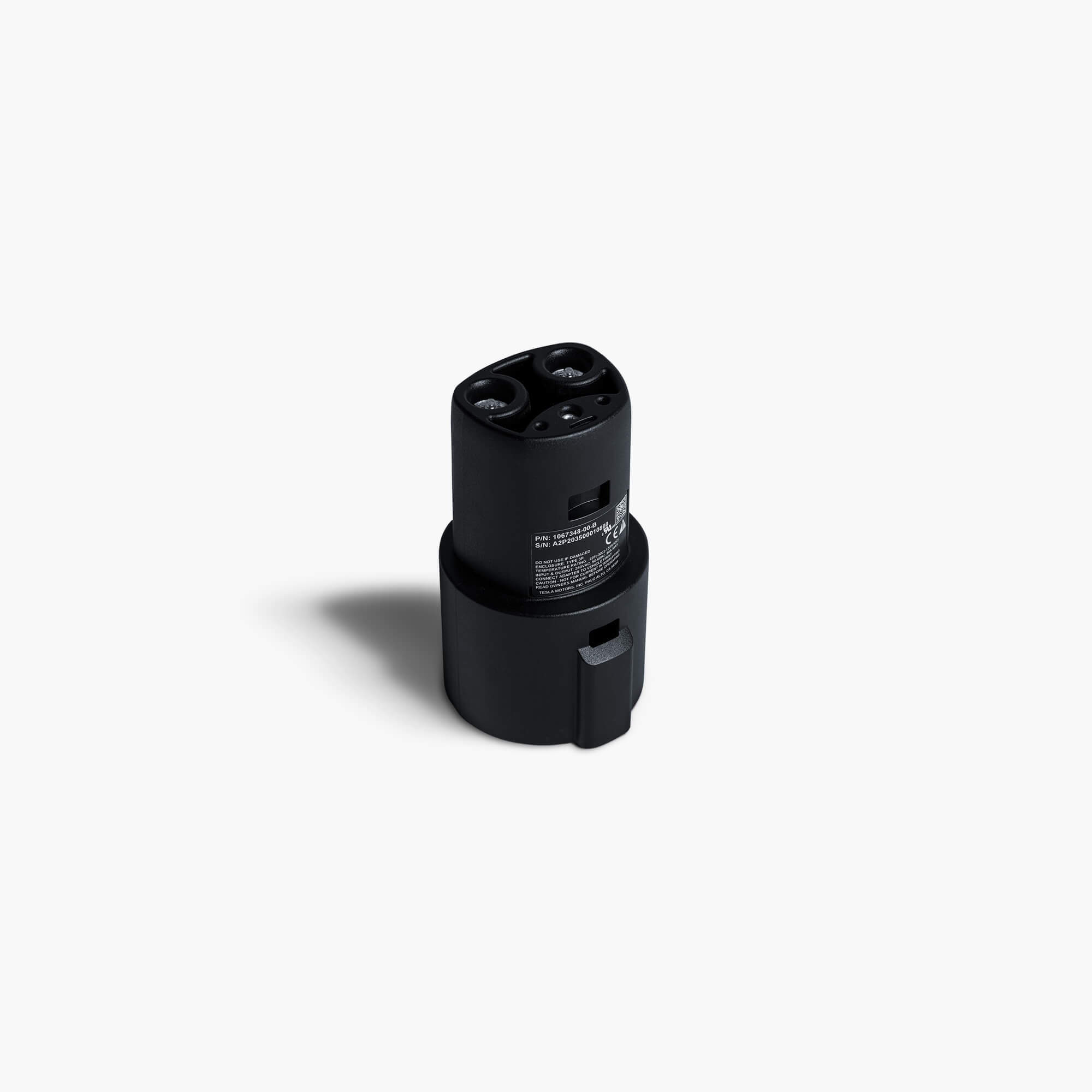I have a 50 amp Autel charger capable of 48 amp charging I originally bought to use with a different EV.
I have electrical wiring experience.
In order to be compliant with code here, and in order to get the full 48 amps, I need a 60 amp breaker and 4 gauge wire. I can also lower my charging expectations and use 6# wire and a 50 amp breaker but that limits me to around 35 amps instead of 48. I would then lower this rate using the Autel app to 35 amps. To me this seemed a waste if I could have full 48 amp charging ability.
My questions are-
Is there a disadvantage to battery life charging at 48 amps .vs charging at the lower 35 amps? Or should I even charge lower for battery health?
I guess the plug type on the Autel is a more 'typical' EV plug and I have read I might need a Tesla adapter to use this charger to charge a 2023 Model Y LR. Can you tell me if Tesla provides this adapter?, or will I need to buy it?, and if so is there a certain type or product of adapter I should look for?
Thanks.
I have electrical wiring experience.
In order to be compliant with code here, and in order to get the full 48 amps, I need a 60 amp breaker and 4 gauge wire. I can also lower my charging expectations and use 6# wire and a 50 amp breaker but that limits me to around 35 amps instead of 48. I would then lower this rate using the Autel app to 35 amps. To me this seemed a waste if I could have full 48 amp charging ability.
My questions are-
Is there a disadvantage to battery life charging at 48 amps .vs charging at the lower 35 amps? Or should I even charge lower for battery health?
I guess the plug type on the Autel is a more 'typical' EV plug and I have read I might need a Tesla adapter to use this charger to charge a 2023 Model Y LR. Can you tell me if Tesla provides this adapter?, or will I need to buy it?, and if so is there a certain type or product of adapter I should look for?
Thanks.



